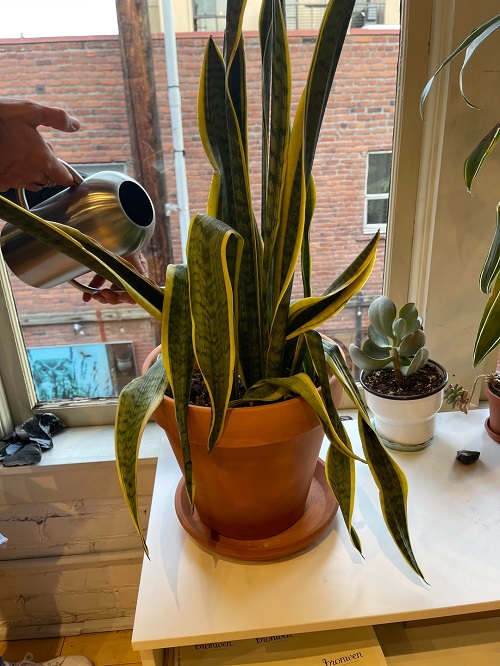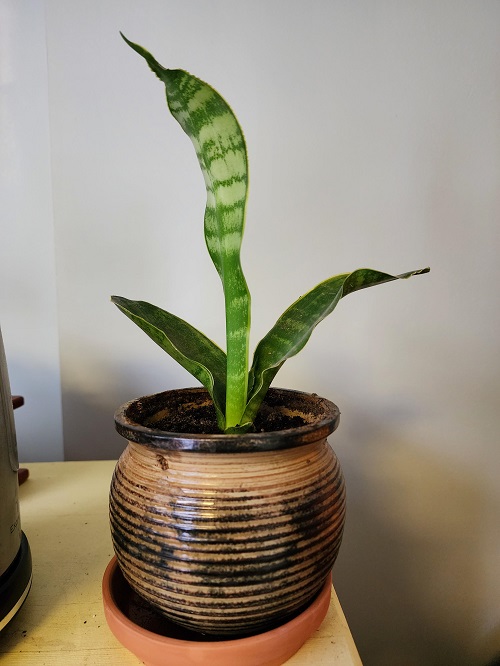Wondering what could be the best possible way to see when your green friends need water? Learn how to read Signs of Underwatering Plants!

When you’re often worried about overwatering, sometimes it becomes difficult to keep track when your plant is underwater consistently. In that case, keeping an eye on these Signs of Underwatered Plants is really crucial.
Signs of Underwatering Plants
1. Wilting Foliage
The initial indication that shows your plant is underwatered is when it begins to wilt. This is the stage when the entire plant starts to bend down.
In the case of underwatered plants, the leaves also appear to be crisp and not limp and watery, which happens in overwatering.
There are pores on the surface of leaves called stomata, which allow air to enter the plants. Due to a lack of water, the leaves close their stomas to prevent evaporation, which causes the plant to wilt. Some popular plants, such as peace lily, pothos, and Oxalis, are vulnerable to this issue.
2. Leaves Falling Off

The lower leaves typically suffer first as they start to dry. The tips become discolored, turn brown, and eventually fall off.
Curling up and dry edges of leaves are other signs of underwatering plants. Weeping figs and jade plants are examples of plants that drop their leaves due to lack of water.
3. Stunted Growth

A slowdown in growth often indicates that a plant is not receiving sufficient water. This could be a permanent or temporary situation, which can even be reversed.
If the plant is experiencing a temporary lack of water supply, growth may not be greatly affected. However, if the issue is prolonged, the new leaves will grow smaller than usual.
4. Dry Soil

Dry soil is the best way to understand your plants’ lack of water supply. It is a clear warning that plants may soon wilt or even die if left unaddressed. The simple way to test the soil for moisture is to feel it with your fingers.
Whenever the topsoil feels dry to the touch, water your plants until they start to seep out from the drainage hole at the bottom. Wait until the topsoil goes a bit dry again, which indicates that the plant needs watering.
Note: This is particularly evident in variegated plants like pothos or calathea, where the rich patterns become muted.
5. Faded Colors

When the plant is not getting proper water, then the foliage starts to fade away. This is particularly noticeable in variegated plants where you can see the colors going away. The foliage will also show signs of thinning.
What to do to Avoid Underwatering Plants?
Every plant has different requirements for watering, and “one approach fits all” is not an option.
- Constantly monitor the topsoil closely. When it feels dry to the touch, water the plant deeply until it seeps out from the drainage hole at the bottom of the pot.
- Using a moisture meter is also a good idea to monitor the water level of the growing medium.
- If the plant goes into shock due to the overly dry soil, water it well and keep it away from direct sunlight for a few days. Then, place it in a spot where it gets indirect light.
- Create a watering schedule based on the plant’s needs, environmental conditions, and the spot where it is kept.





conteudo de qualidade, recomendo pra todo mundo